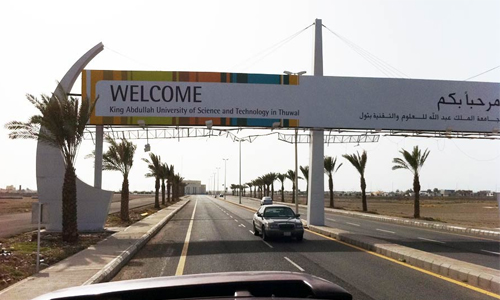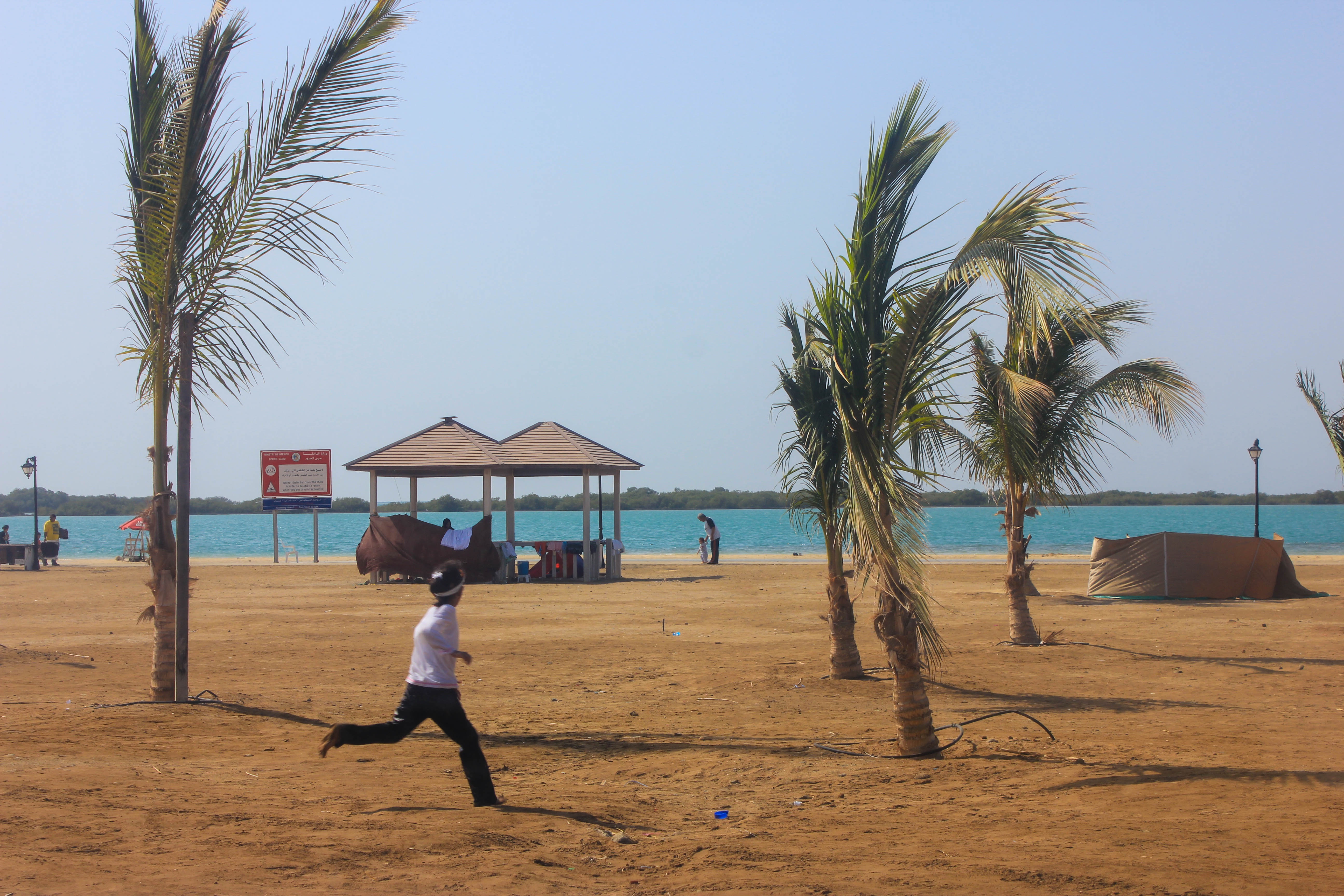Assistant Professor of Chemical Sciences
PI, Biological & Organometallic Catalysis Laboratories
KAUST Catalysis Center, KCC
Division of Physical Sciences & Engineering
KAUST Catalysis Center, KCC
Division of Physical Sciences & Engineering
Research Interest: Homogenous and Biocatalysis, Unnatural Amino Acids, Aqueous Catalysis, Chiral NHC ligands, Enzymes, Electroactive Microbes, Protein Engineering
- ForschungsDozent, Technische Universität München, Germany, 2002 - 2009
- Postdoctoral Fellow, The Scripps Research Institute, Germany, 1999 - 2002
- Dr. rer. nat, Technische Universität München, Germany, 1999
- Dipl.-Chem., Technische Universität München, Germany, 1996
Research Interests
While commonly nature is considered a source of inspiration for chemists, organometallic and coordination chemistry provide a divers set of functions, which can be used to probe, augment and improve nature. Prof. Eppinger's research group combines homogeneous catalysis and synthetic biology to establish new catalysts for novel chemistry. Introducing tools and concepts of synthetic chemistry into living cells opens an unexplored research area, which integrates molecular catalysis' versatility and biocatalytic selectivity. Tailoring the interactions of molecular catalysts with biological ligands results in novel selectivities and reactivities. The four currently active research projects connect the interface of organometallic chemistry, molecular/microbiology and catalysis:- development of organometallic catalyst motifs, which are stable and active under physiological conditions. The design of catalysts motifs, which exhibit high activity at room temperature in water targets Green Chemistry applications and is a prerequisite for the synthesis of artificial metalloenzymes.
- development tailored artificial metal centers in host-proteins. Integrating the specific advantages of organometallic catalysis and enzymes, these systems target in selective hydrogenations, cycloadditions, (amino)hydroxylations, C-H activation and cross–coupling reactions.
- Discovery of novel organometallic mechanism in enzyme catalysis. This project targets to identify and characterize novel metalloproteins and to improve the knowledge about how a protein framework augments properties of metal centers. Characterization of iron sulfur cluster enzymes with organometallic intermediates and extremophilic Red Sea metalloenzymes are a current focus.
- in vivo applications of metalloproteins and metal complexes. In an industry sponsored project we investigate artificial photosynthesis based on the combination of electrocatalytic CO2 reduction and microbial metabolism. Through collaborations, we have also reactivated biomedical projects and are currently exploring in vivo applications of the plethora of metal complexes available in our group. This includes cytotoxicity studies as well as the design of chemiluminescent metal complexes for cancer diagnostic.
Research Experience

Experience
Publications
Biosynthesis of isoprenoids: crystal structure of the [4Fe-4S] cluster protein IspG.(Link)
Journal of Molecular Biology (Elsevier)
December 10, 2010
IspG protein serves as the penultimate enzyme of the recently discovered non-mevalonate pathway for the biosynthesis of the universal isoprenoid precursors, isopentenyl diphosphate and dimethylallyl diphosphate. The enzyme catalyzes the reductive ring opening of 2C-methyl-d-erythritol 2,4-cyclodiphosphate, which affords 1-hydroxy-2-methyl-2-(E)-butenyl 4-diphosphate. The protein was crystallized...more
Phenylalanine – a biogenic ligand with flexible η6- and η6:κ1-coordination at ruthenium(II) centres(Link)
Dalton Transactions (RSC)
April 10, 2013
The reaction of (S)-2,5-dihydrophenylalanine 1 with ruthenium(III) chloride yields the μ-chloro-bridged dimeric η6-phenylalanine ethyl ester complex 3, which can be converted into the monomeric analogue, η6:κ1-phenylalanine ethyl ester complex 12, under basic conditions. Studies were carried out to determine the stability and reactivity of complexes bearing η6- and η6:κ1-chelating phenylalanine...more
An efficient protocol for copper-free palladium-catalyzed Sonogashira cross-coupling in aqueous media at low temperatures
Tetrahedron Letters (Elsevier)
November 30, 2011
A thorough study on copper-free Sonogashira cross-couplings in water was carried out using the palladacycle, [{Pd(μ-Cl){κ2-P,C-P(iPr)2(OC6H3-2-Ph)}}2] as pre-catalyst with different bases and palladium concentrations. The highly active pre-catalyst imparts good to near quantitative yields using a concentration of 0.25 mol % at 40 °C. This broadly applicable protocol exhibits high tolerance of...more
Side chain functionalized η5-tetramethyl cyclopentadienyl complexes of Rh and Ir with a pendant primary amine group
Journal of Organometallic Chemistry (Elsevier)
May 15, 2009
Dimeric Rh(III) and Ir(III) Cp* complexes with pendant primary amine tether were synthesized from a Cp*–NH2 tautomer and the respective metal(III) chlorides. The electrophilic metal center and the nucleophilic side chain functionality may be addressed separately under the appropriate reaction conditions.
Side chain functionalized η5-tetramethyl cyclopentadienyl complexes of Rh and Ir with a pendant primary amine group
Journal of Organometallic Chemistry (Elsevier)
May 15, 2009
Dimeric Rh(III) and Ir(III) Cp* complexes with pendant primary amine tether were synthesized from a Cp*–NH2 tautomer and the respective metal(III) chlorides. The electrophilic metal center and the nucleophilic side chain functionality may be addressed separately under the appropriate reaction conditions.
An efficient protocol for copper-free palladium-catalyzed Sonogashira cross-coupling in aqueous media at low temperatures
Tetrahedron Letters (Elsevier)
November 30, 2011
A thorough study on copper-free Sonogashira cross-couplings in water was carried out using the palladacycle, [{Pd(μ-Cl){κ2-P,C-P(iPr)2(OC6H3-2-Ph)}}2] as pre-catalyst with different bases and palladium concentrations. The highly active pre-catalyst imparts good to near quantitative yields using a concentration of 0.25 mol % at 40 °C. This broadly applicable protocol exhibits high tolerance of...more
Phenylalanine – a biogenic ligand with flexible η6- and η6:κ1-coordination at ruthenium(II) centres(Link)
Dalton Transactions (RSC)
April 10, 2013
The reaction of (S)-2,5-dihydrophenylalanine 1 with ruthenium(III) chloride yields the μ-chloro-bridged dimeric η6-phenylalanine ethyl ester complex 3, which can be converted into the monomeric analogue, η6:κ1-phenylalanine ethyl ester complex 12, under basic conditions. Studies were carried out to determine the stability and reactivity of complexes bearing η6- and η6:κ1-chelating phenylalanine...more
Biosynthesis of isoprenoids: crystal structure of the [4Fe-4S] cluster protein IspG.(Link)
Journal of Molecular Biology (Elsevier)
December 10, 2010
IspG protein serves as the penultimate enzyme of the recently discovered non-mevalonate pathway for the biosynthesis of the universal isoprenoid precursors, isopentenyl diphosphate and dimethylallyl diphosphate. The enzyme catalyzes the reductive ring opening of 2C-methyl-d-erythritol 2,4-cyclodiphosphate, which affords 1-hydroxy-2-methyl-2-(E)-butenyl 4-diphosphate. The protein was crystallized...moreEducation
KAUST (King Abdullah University of Science and Technology Saudi Arabia).







































Back row from
left: Dominik Jantke, Thomas Klatt, Johannes Schlüter, Alexander N.
Marziale, Dr. Jörg Eppinger, Johannes Fischer, Johannes Richers.
 Back row from
left: Dr. Jörg Eppinger, Ramona Lex, Björn Askevold, Stefan Faul,
Alexander Marziale. Front row from left: Alice Schlichtiger, ...
Back row from
left: Dr. Jörg Eppinger, Ramona Lex, Björn Askevold, Stefan Faul,
Alexander Marziale. Front row from left: Alice Schlichtiger, ...

Dr. Jörg Eppinger, Dr. Stefan Faul, Dr. Matthias










///////////////
.....
 DRUG APPROVALS BY DR ANTHONY MELVIN CRASTO .....FOR BLOG HOME CLICK HERE
DRUG APPROVALS BY DR ANTHONY MELVIN CRASTO .....FOR BLOG HOME CLICK HERE
.....

 DRUG APPROVALS BY DR ANTHONY MELVIN CRASTO .....FOR BLOG HOME CLICK HERE
DRUG APPROVALS BY DR ANTHONY MELVIN CRASTO .....FOR BLOG HOME CLICK HERE





